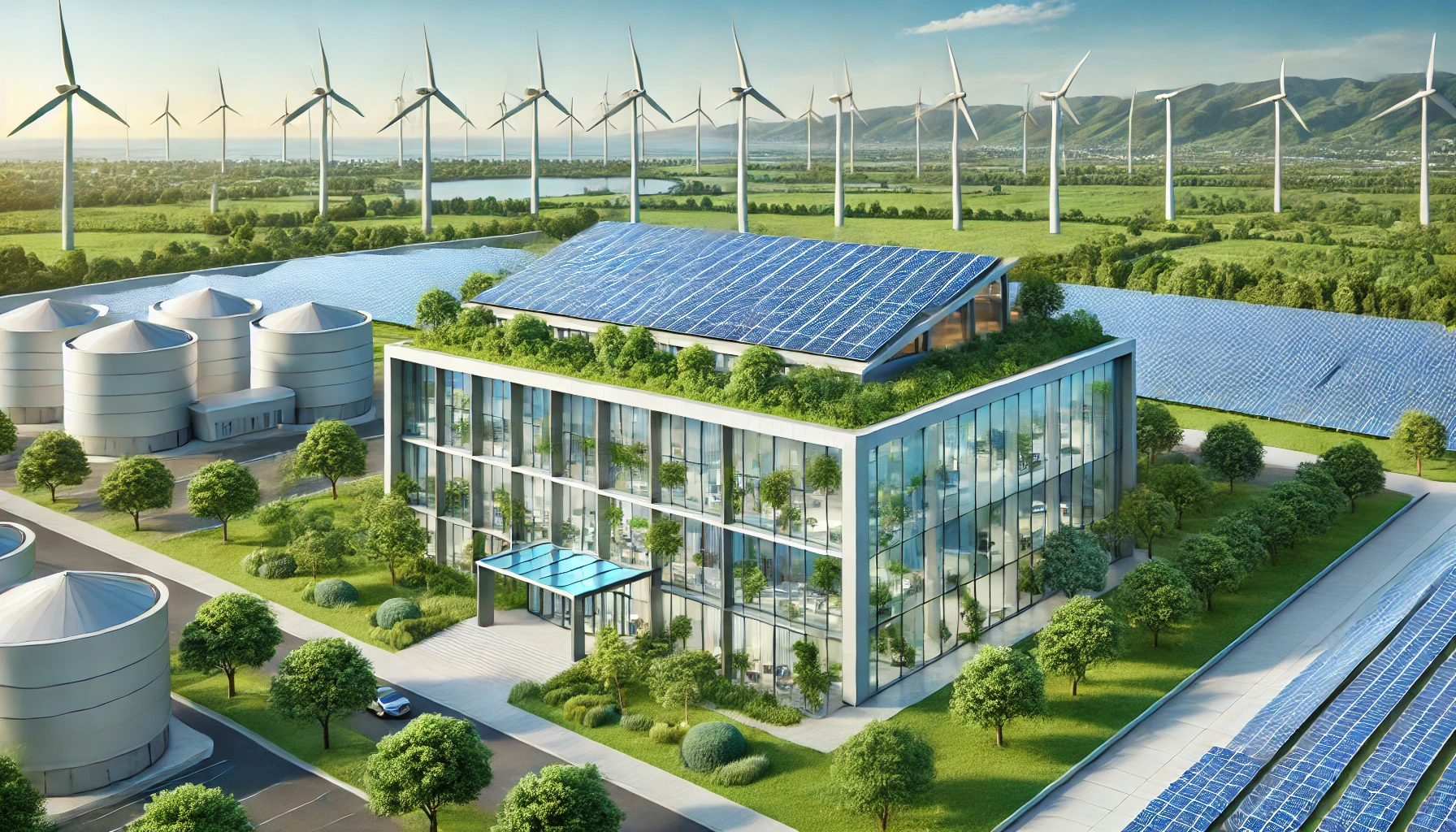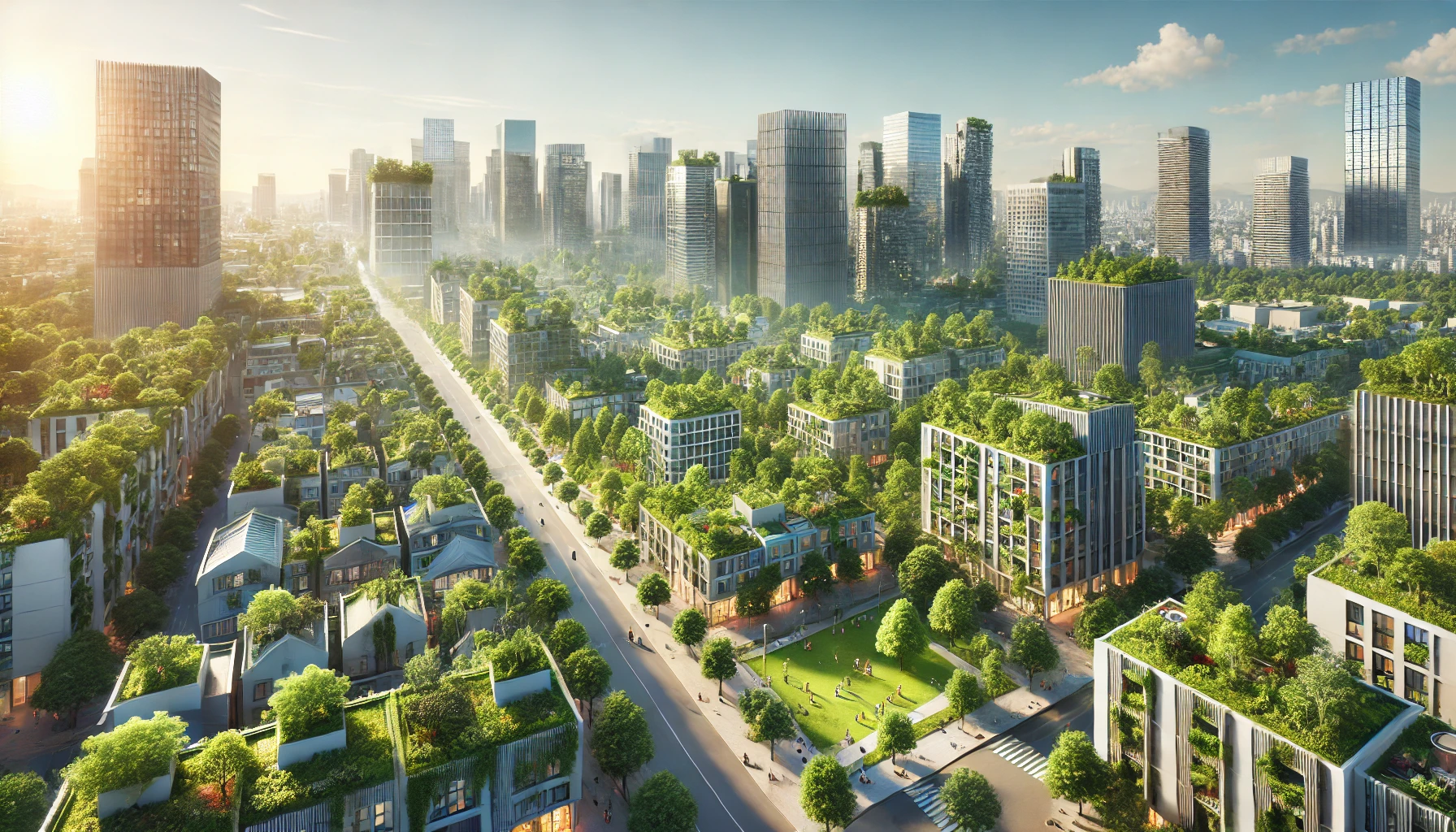As the world faces mounting environmental challenges, governments and organizations are increasingly focusing on reducing energy consumption in one of the biggest contributors to global carbon emissions: buildings. Both the European Union (EU) and the United States have recognized the critical need for energy-efficient buildings and have begun implementing stricter regulations to push the construction industry towards greener practices. These regulations not only aim to cut down on energy usage but also promote the integration of renewable energy sources and smart technologies that make buildings more sustainable.
Regulatory Landscape in the EU
In the European Union, the push for energy-efficient buildings has been driven by several key directives. The Energy Performance of Buildings Directive (EPBD), one of the most influential pieces of legislation, sets out clear guidelines for reducing energy use in new construction. The directive requires that all new buildings in the EU be “nearly zero-energy” by 2030. This means that new buildings must be highly energy-efficient, and the energy they do use should come from renewable sources such as solar, wind, or geothermal.
The EU has also introduced initiatives like the Renovation Wave Strategy, which targets older buildings that are not as energy-efficient as new constructions. With over 75% of the EU’s buildings being energy inefficient, this strategy aims to at least double the annual energy renovation rate of residential and non-residential buildings by 2030.
A critical part of these initiatives is the integration of smart grids. Smart grids allow buildings to consume energy more intelligently by managing energy loads, reducing waste, and balancing the use of renewable energy with traditional energy sources. By ensuring that buildings can adapt to fluctuating energy demands, smart grids are a cornerstone of the EU’s vision for a sustainable future.
U.S. Energy Efficiency Standards
The United States, while taking a somewhat different approach, has also placed an increasing focus on improving energy efficiency in buildings. The Energy Independence and Security Act (EISA) of 2007 and subsequent amendments have set national energy standards for new federal buildings, requiring them to reduce energy consumption by 30% relative to baseline levels.
At the state level, several regions have implemented even stricter guidelines. For example, California’s Title 24 mandates that all new residential homes include solar panels and comply with energy-efficient designs that minimize heating and cooling energy needs. These regulations are part of the state’s broader goal to achieve carbon neutrality by 2045.
Much like the EU, the U.S. is pushing for the adoption of smart grid technologies in buildings. Smart grids in the U.S. not only help in reducing energy consumption but also in improving resilience to energy shortages, particularly during peak demand periods. The integration of renewable energy, such as wind and solar, into building designs is also becoming more common, spurred by both state incentives and federal tax credits for green energy installations.
The Role of Renewable Energy
Both the EU and U.S. regulatory frameworks place significant emphasis on renewable energy. Buildings are increasingly required to include renewable energy sources, which can be generated on-site or sourced from nearby renewable plants. The shift towards renewables is essential for meeting the ambitious carbon reduction targets set by both regions.
For instance, smart buildings equipped with photovoltaic (solar) panels can generate electricity during the day and store excess energy in battery systems, which can then be used during times of low production or high demand. Combined with smart grids, these systems ensure that energy usage is optimized, and reliance on fossil fuels is minimized.
In the U.S., the Leadership in Energy and Environmental Design (LEED) certification is one example of a popular framework used to encourage the integration of renewable energy in building projects. LEED-certified buildings often use solar panels, wind turbines, and other renewable technologies to reduce their overall carbon footprint.
Challenges and Opportunities Ahead
While both the EU and U.S. are making strides in promoting energy-efficient buildings, challenges remain. Retrofitting older buildings with modern technologies is often costly, and there is still a lack of standardization in how energy efficiency is measured across different countries and states.
However, these challenges also present significant opportunities. The construction of energy-efficient buildings is creating new markets for green technologies, such as energy-efficient lighting, heating, and cooling systems, as well as smart building management software. Additionally, companies in the renewable energy sector, such as Neste and other green energy suppliers, stand to benefit from the growing demand for clean energy solutions in new construction.
The future of building construction in both the EU and the U.S. is becoming increasingly aligned with the goal of reducing energy consumption and lowering carbon emissions. Through regulations that mandate higher energy efficiency standards and promote the use of smart grids and renewable energy, governments are pushing the construction industry towards a more sustainable future. While the road ahead may have its challenges, the opportunities for innovation and growth in energy-efficient building technologies are immense.
Energy-efficient buildings are not just a regulatory requirement; they are a key part of our global strategy to combat climate change and create a more sustainable world for future generations.




